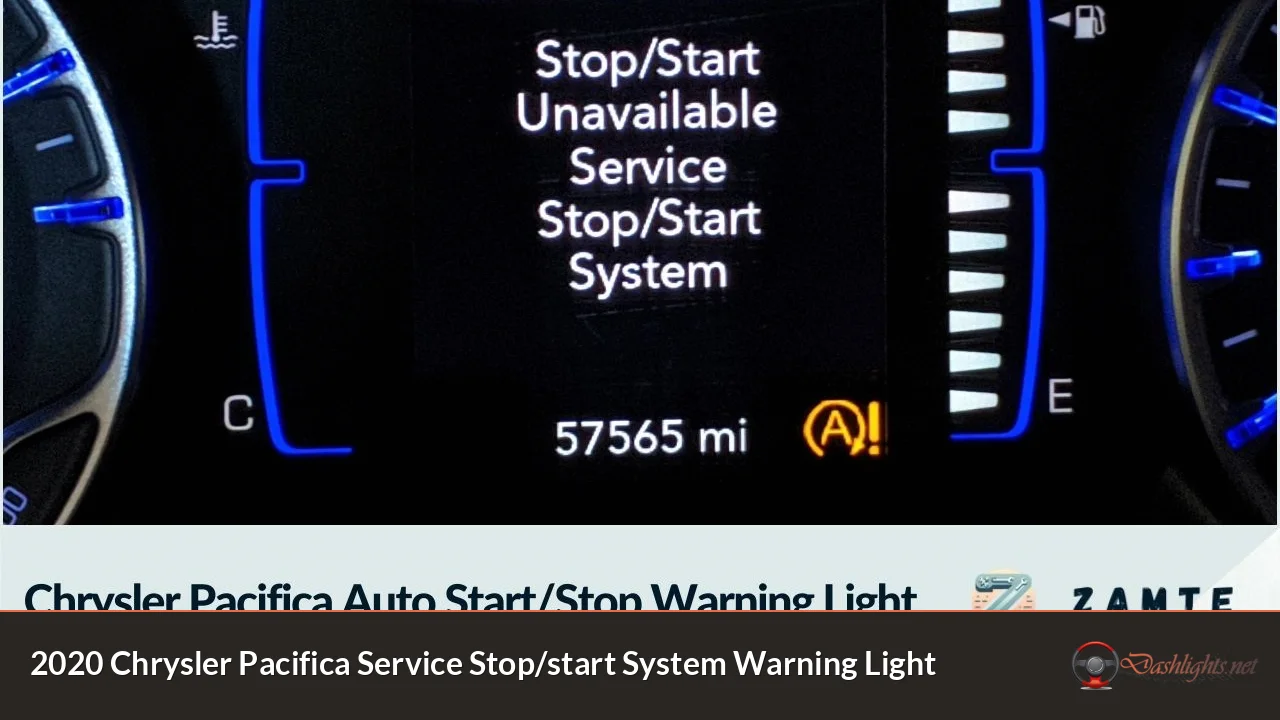Understanding the Check Engine Light: A Guide for Vehicle Owners
In the realm of automotive safety and maintenance, warning lights are the modern vehicle's way of communicating critical information to drivers. One of the most significant warning lights that may illuminate on your dashboard is the Check Engine Light (CEL). This light serves as a vital alert system, indicating that your vehicle's engine management system has detected a malfunction or irregularity in engine performance. Ignoring the Check Engine Light can lead to severe damage, costly repairs, and increased safety risks. Understanding its implications not only helps you maintain your vehicle's health but also ensures your safety on the road.
Warning Light Overview
The Check Engine Light is typically represented by an icon resembling an engine. It commonly appears in orange or yellow, signaling caution. The light's illumination can indicate a range of issues, from minor to serious. Generally, if the light is steady, it suggests a non-urgent issue; however, if it begins to blink, it indicates a more severe problem that requires immediate attention. Understanding this warning light is paramount for vehicle owners, as it directly impacts engine performance and efficiency.
Possible Causes
-
Loose Gas Cap: A common and often overlooked cause for the Check Engine Light illuminating is a loose or damaged gas cap. This can lead to fuel vapors escaping and triggers the light as an emissions control issue.
-
Faulty Oxygen Sensor: The oxygen sensor monitors the level of oxygen in the exhaust and is crucial for optimal fuel efficiency. If it malfunctions, it can negatively affect both engine performance and emissions.
-
Catalytic Converter Issues: Problems with the catalytic converter can cause the Check Engine Light to turn on. This component is essential for converting harmful gases into less harmful emissions.
-
Faulty Spark Plugs or Wires: Worn or faulty spark plugs or associated wiring may lead to poor ignition and combustion, triggering the warning light.
-
Mass Airflow Sensor Problems: The mass airflow sensor measures the amount of air entering the engine and helps regulate the fuel-to-air ratio. If it fails, it may lead to inadequate combustion and engine performance.
-
Battery or Charging System Issues: A failing alternator or battery problems may cause voltage fluctuations that can affect engine performance and trigger the Check Engine Light.
-
Engine Timing Issues: Incorrect timing can cause engine timing-related issues, potentially signaling a problem that needs immediate attention to avoid significant damage.
Associated Systems
The Check Engine Light is intricately linked to various systems within your vehicle, primarily the engine control unit (ECU), which coordinates engine performance and emissions. Additionally, it may interact with the fuel system, ignition system, and exhaust systems. Each of these components plays a role in overall vehicle performance, and an issue in one area may impact others, highlighting the importance of timely diagnostics and repairs.
Diagnostic Steps
If your Check Engine Light illuminates, follow these diagnostic steps:
-
Use OBD-II Scanners: Connect an On-Board Diagnostics (OBD-II) scanner to your vehicle's diagnostic port. This device reads error codes generated by the ECU, providing insight into what triggered the warning light.
-
Visual Inspection: Check the gas cap to ensure it's secure, look for loose or damaged wires, inspect spark plugs, and ensure there are no visible leaks in hoses or the exhaust system.
-
Necessary Tools: Have a basic toolset, an OBD-II scanner, and safety goggles on hand for a thorough inspection.
Recommended Actions
When the Check Engine Light appears, here are immediate steps to take:
-
Check the Gas Cap: Tighten it to see if the light resets; if not, proceed with further diagnostics.
-
Assess Symptoms: If the vehicle runs smoothly, it may be safe to continue driving temporarily but remain vigilant for any unusual sounds or performance issues.
-
Consult the Vehicle's Manual: Your owner's manual may provide specific guidance on the warning light and any vehicle-specific quirks.
Potential Repairs
Repairing issues that trigger the Check Engine Light can vary significantly. Common procedures include:
-
Gas Cap Replacement: If the gas cap is damaged, replacement typically costs $10-$30.
-
Oxygen Sensor Replacement: This can range from $100-$200, including parts and labor.
-
Catalytic Converter Replacement: More extensive repairs can cost between $1,000-$2,500, depending on your vehicle make.
-
Spark Plug Replacement: Usually costs around $100-$300, depending on how many plugs require replacement.
While some tasks, like changing a gas cap or spark plugs, can be DIY projects, others, like replacing a catalytic converter or diagnosing sensor issues, are best left to professional services.
Preventive Measures
To avoid triggering the Check Engine Light:
-
Regular Maintenance Updates: Schedule routine vehicle inspections and ensure oil and filter changes are current.
-
Fuel Quality: Always use high-quality fuel to avoid buildup in the engine and maintain proper fuel function.
-
Monitor Performance: Stay alert for decreased performance, unusual sounds, or changes in fuel efficiency, which could indicate underlying issues.
Common Misconceptions
-
Ignoring the Light is Safe: Many believe minor issues don’t pose immediate risks, which can lead to extensive damage if ignored.
-
Only Mechanics Can Diagnose the Light: While mechanics have advanced tools, car owners can access OBD-II scanners for basic diagnostics.
-
The Light Only Relates to Emissions: While emissions are a factor, the Check Engine Light can indicate a wide range of engine-related issues.
-
It Won't Harm My Car if I Drive: Driving with the Check Engine Light on can lead to further damage and compromises safety.
Final Words
The Check Engine Light serves as a vital alert system for vehicle owners, encapsulating the mechanical health of your engine and its overall performance. Ignoring this warning light can lead to costly repairs, compromised safety, and decreased vehicle efficiency. Always prioritize diagnostics and adhere to maintenance schedules for optimal vehicle care. Remember, while you may have the tools for preliminary inspections, professional assessment is essential once complex issues arise to preserve your vehicle's longevity and ensure safe driving.

